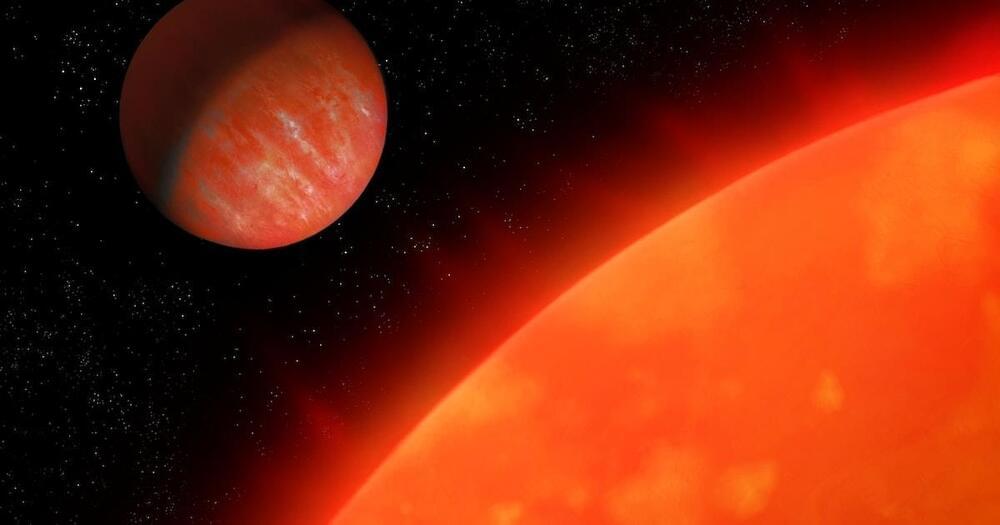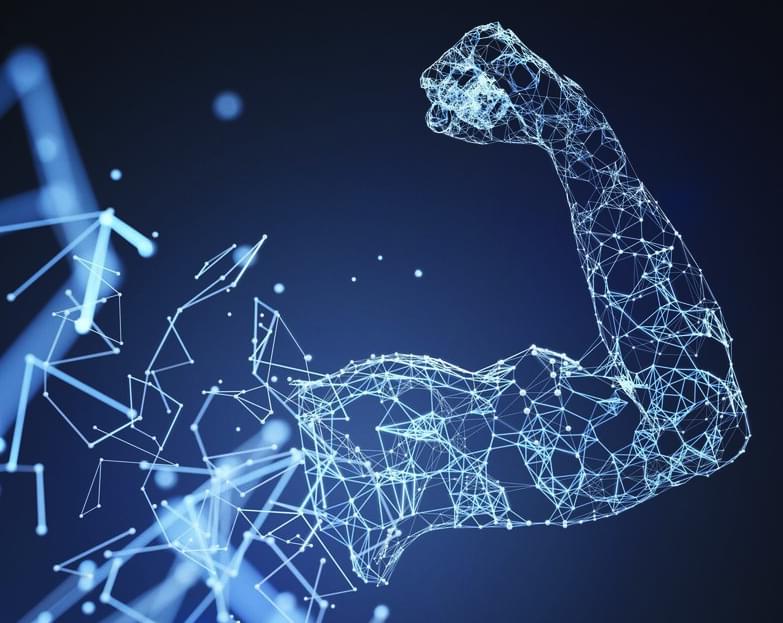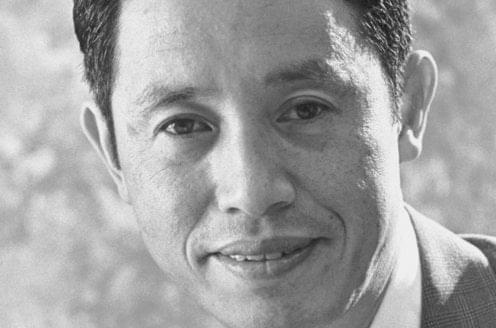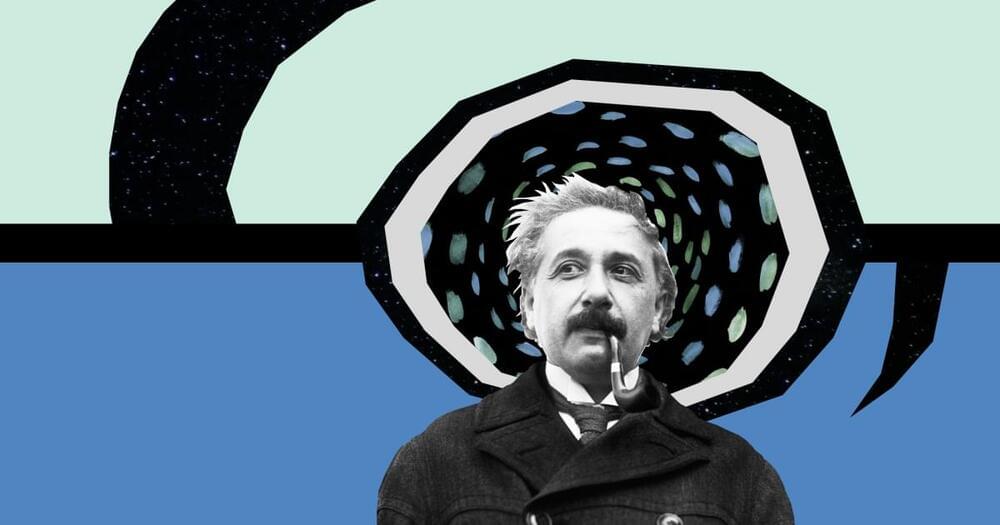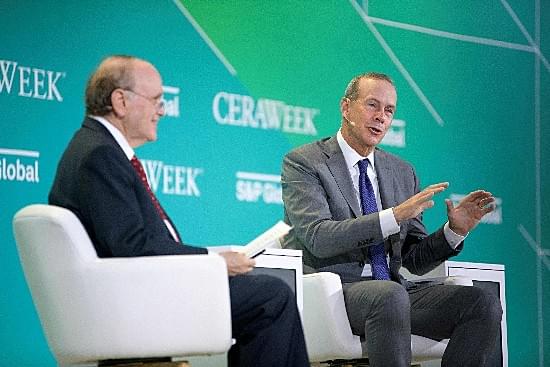How does the brain retrieve memories, articulate words, and focus attention? Recent advances have provided a newfound ability to decipher, sharpen, and adjust electrical signals relevant to speech, attention, memory and emotion. Join Brian Greene and leading neuroscientists György Buzsáki, Edward Chang, Michael Halassa, Michael Kahana and Helen Mayberg for a thrilling exploration of how we’re learning to read and manipulate the mind.
The Kavli Prize recognizes scientists for their seminal advances in astrophysics, nanoscience, and neuroscience — topics covered in the series “The Big, the Small, and the Complex.” This series is sponsored by The Kavli Foundation and The Norwegian Academy of Science and Letters.
Participants:
Michael Halassa.
Edward Chang.
Michael Kahana.
Helen S. Mayberg.
György Buzsáki.
Moderator:
Brian Greene.
SHARE YOUR THOUGHTS on this program through a short survey: https://survey.alchemer.com/s3/6752217/WSF-2022-Decoding-the-Brain.
WSF Landing Page Link: https://www.worldsciencefestival.com/programs/decoding-the-brain/
